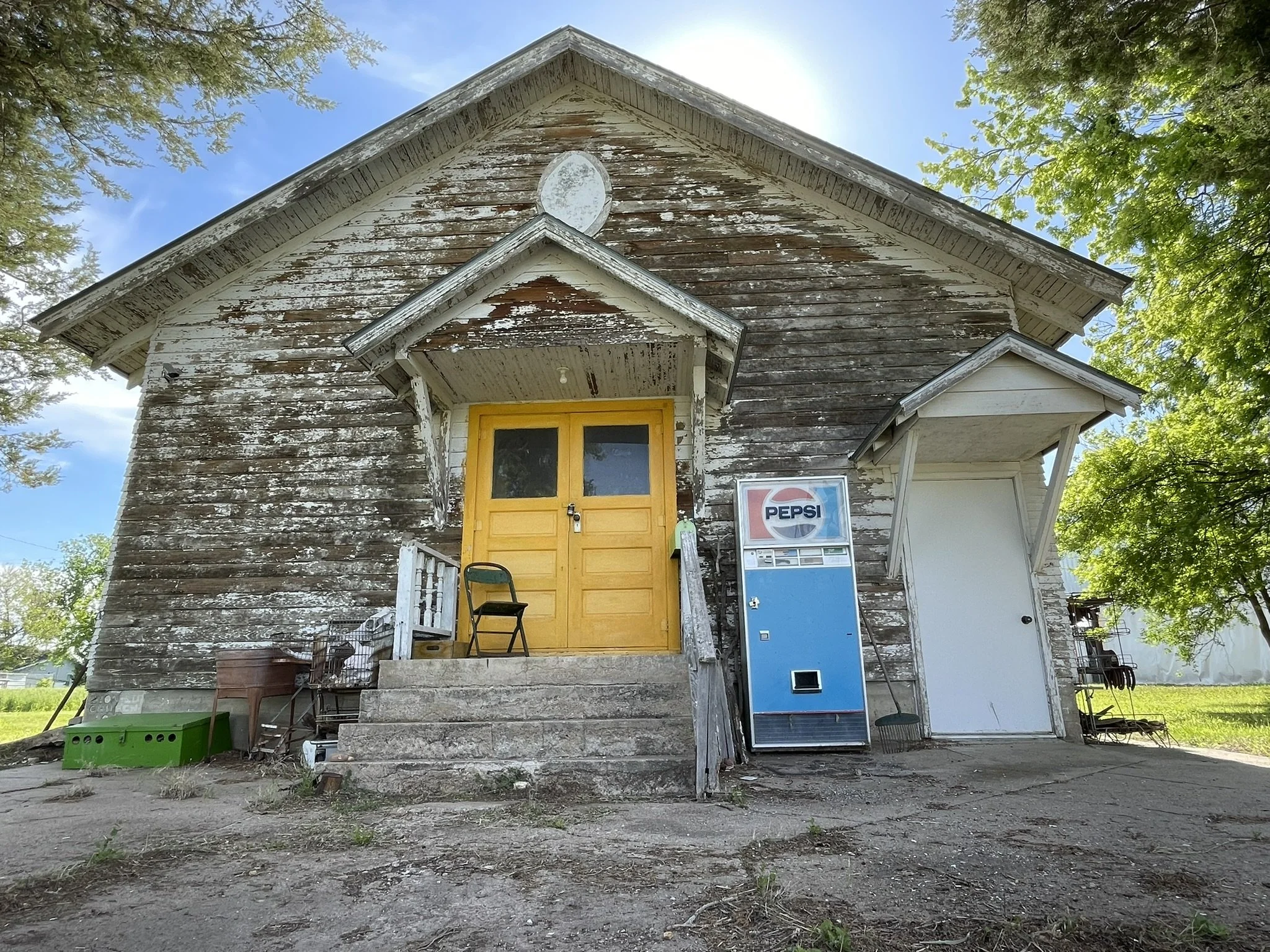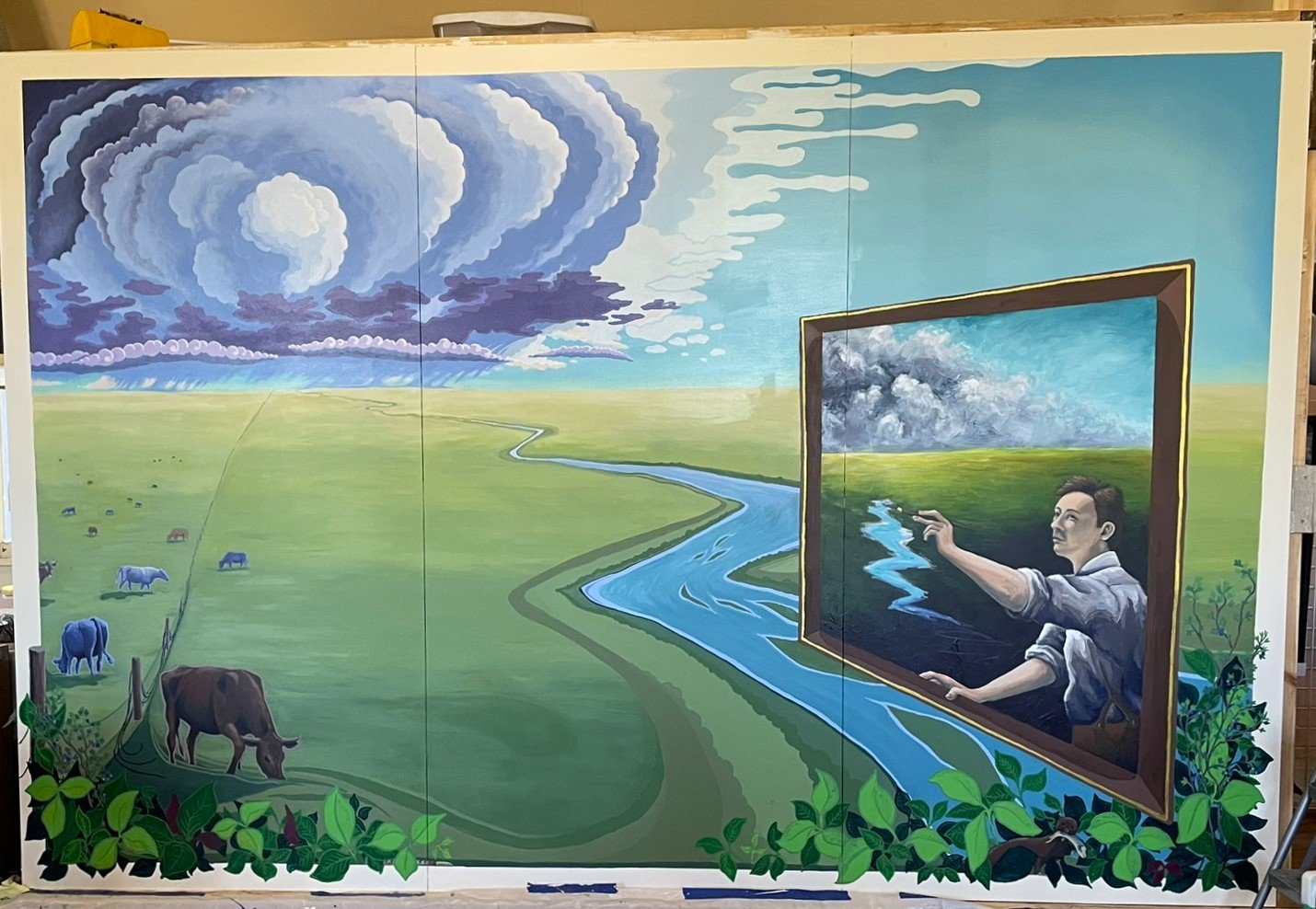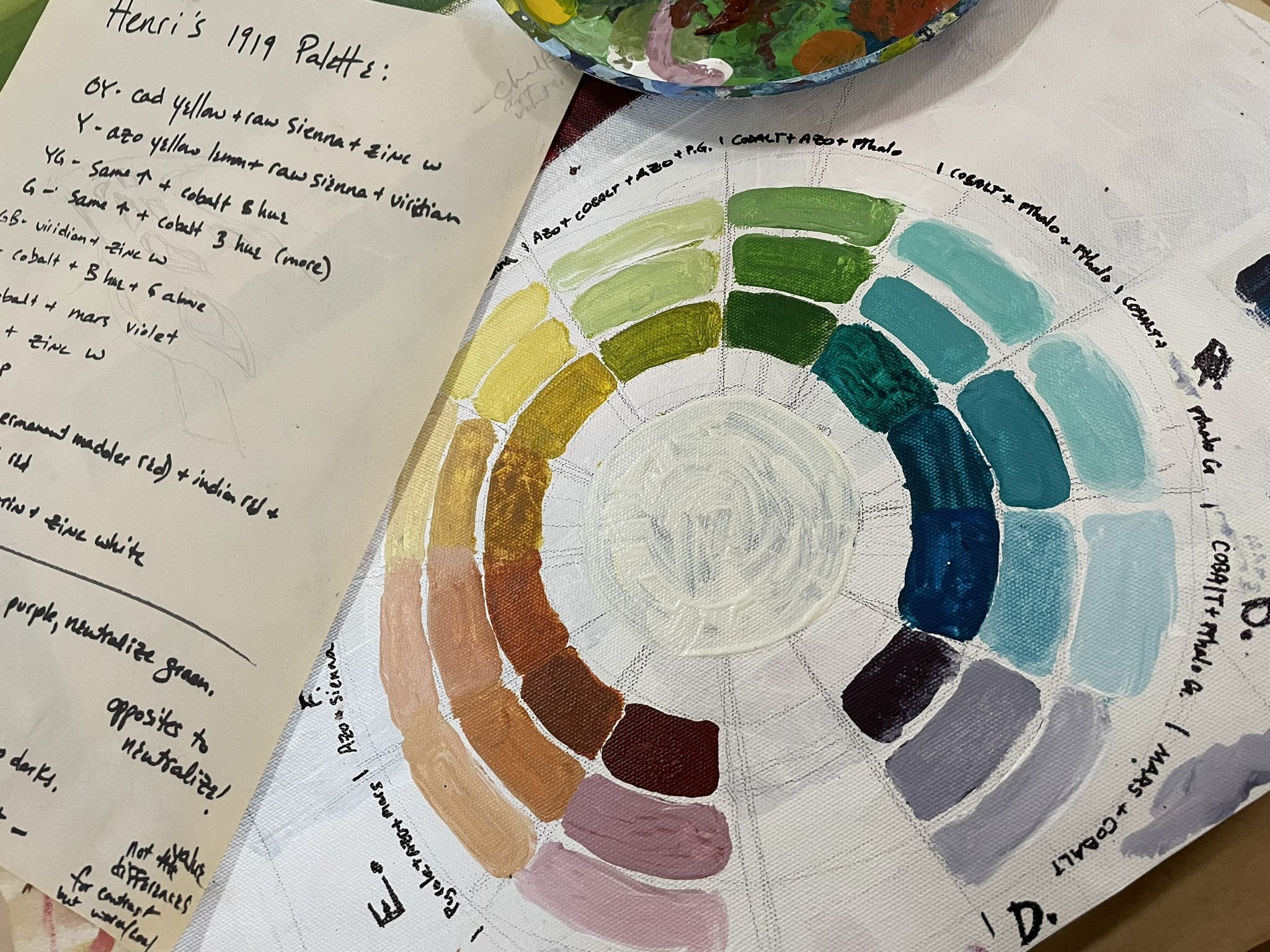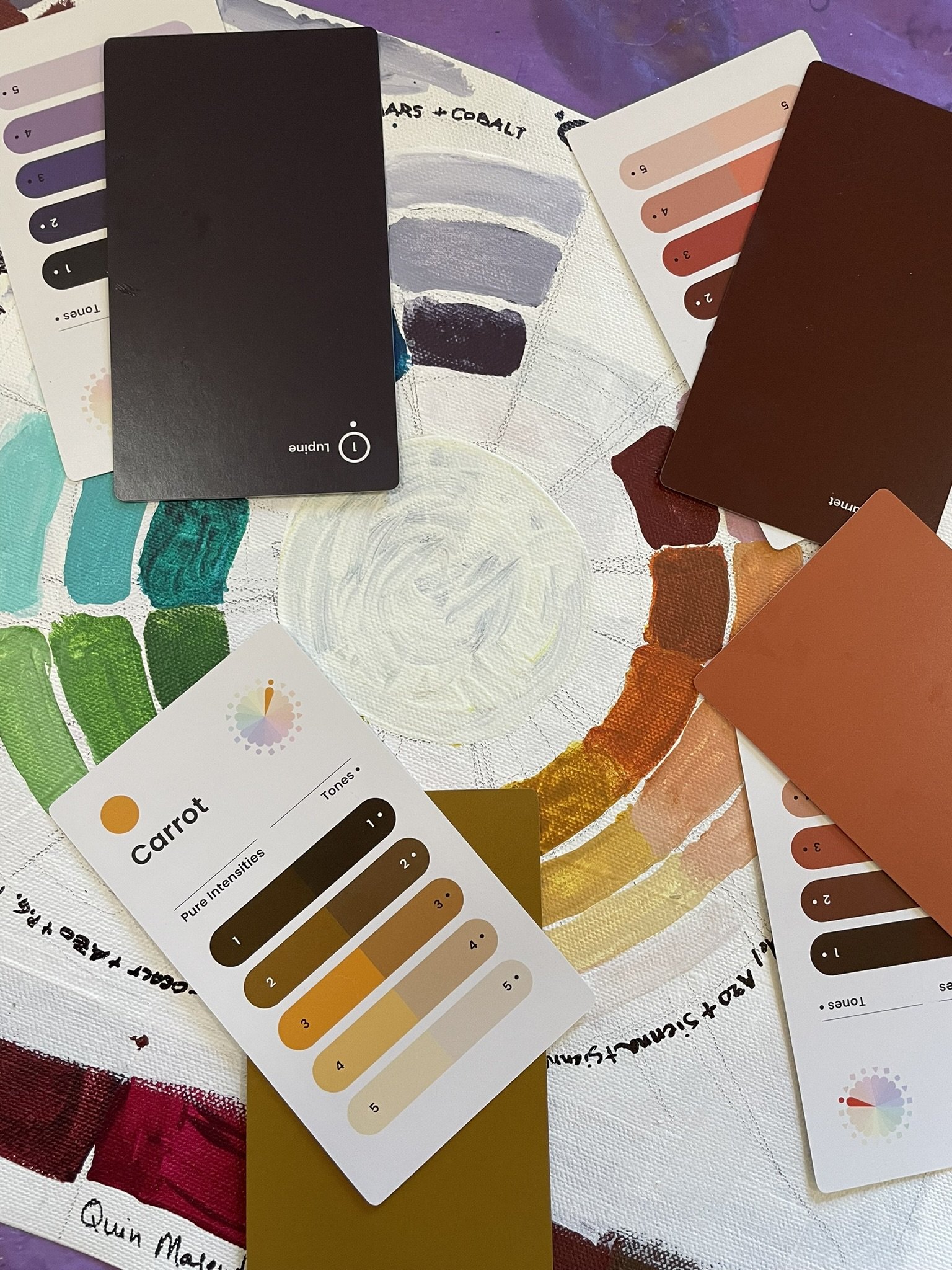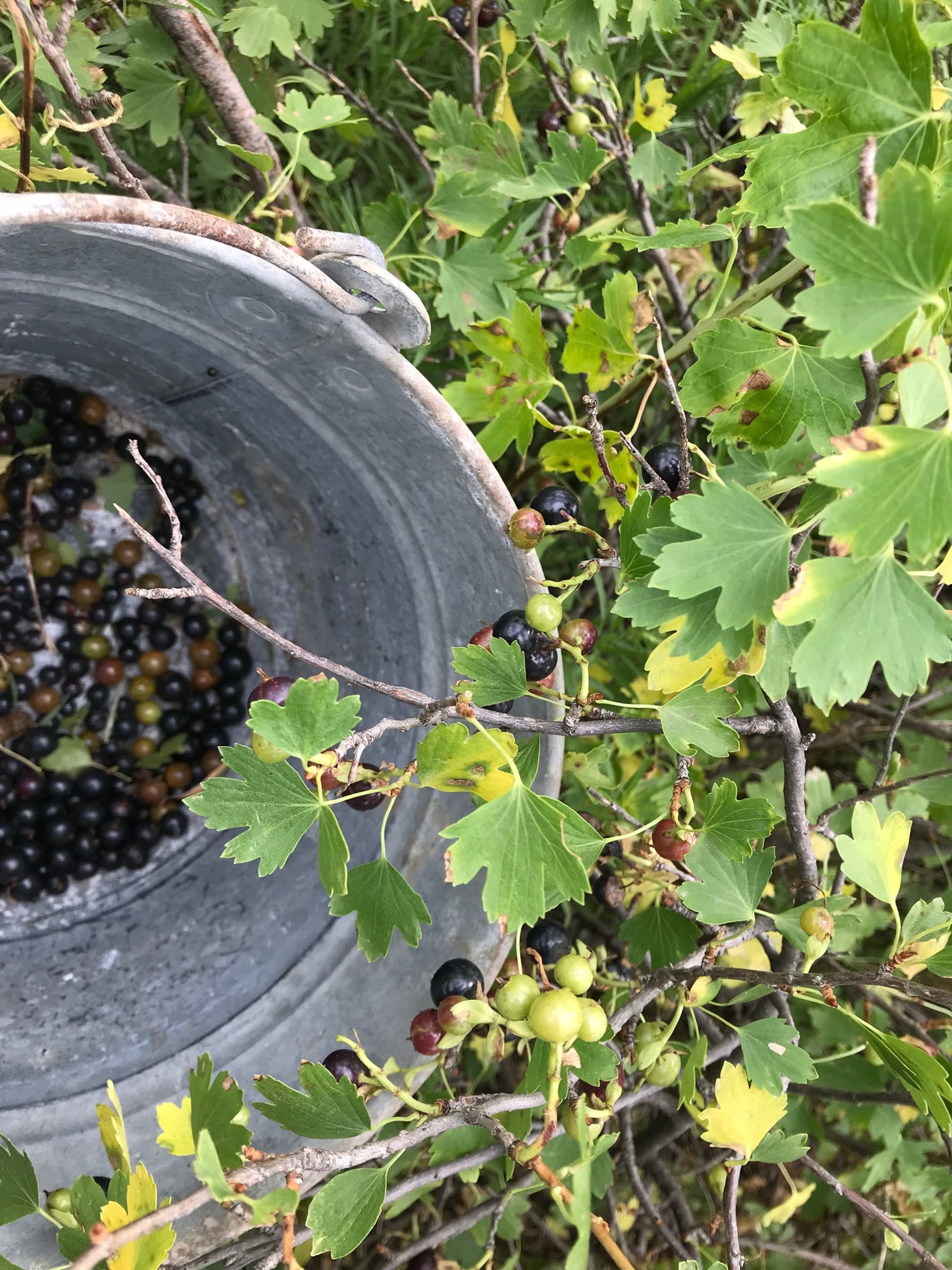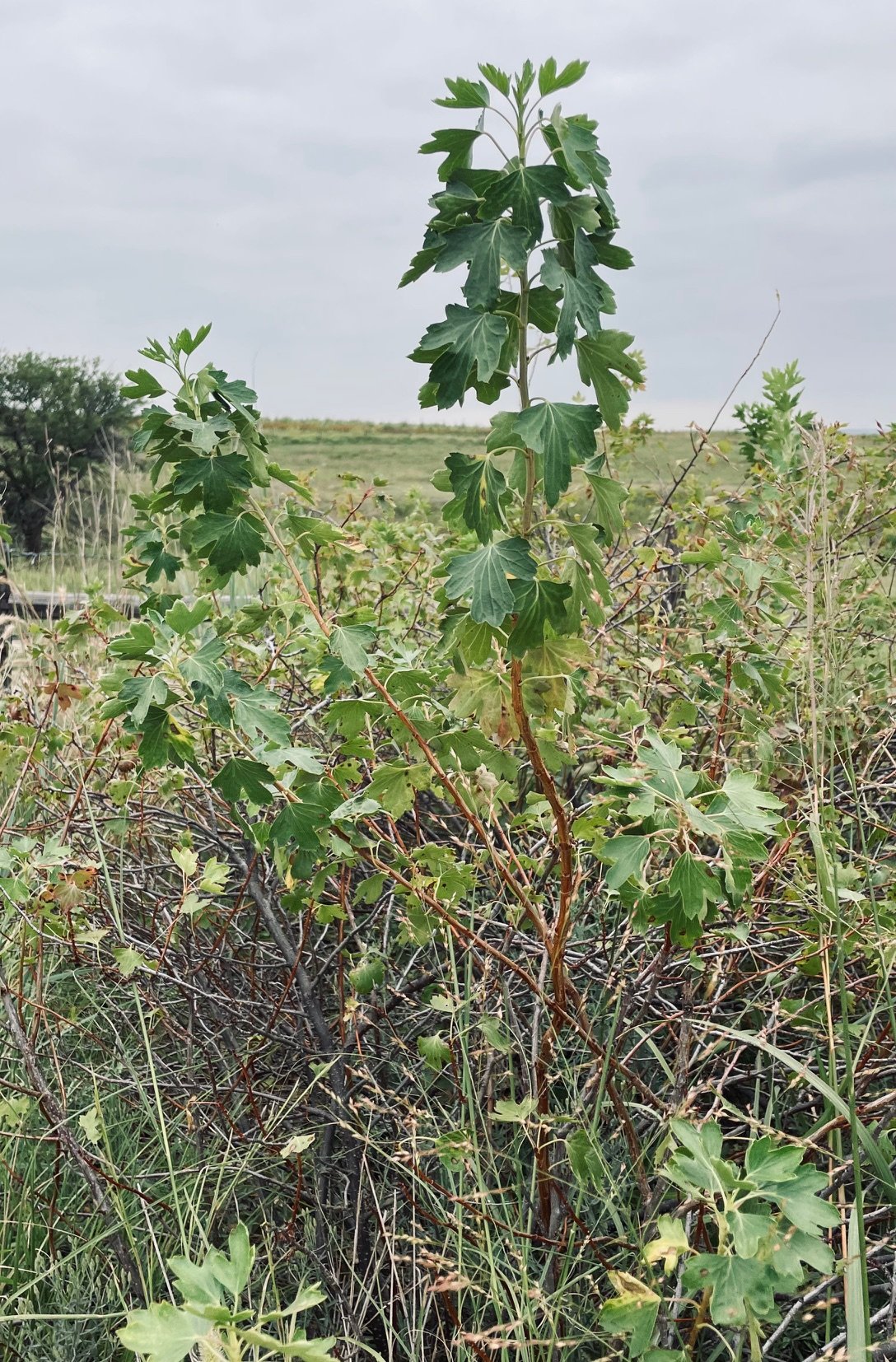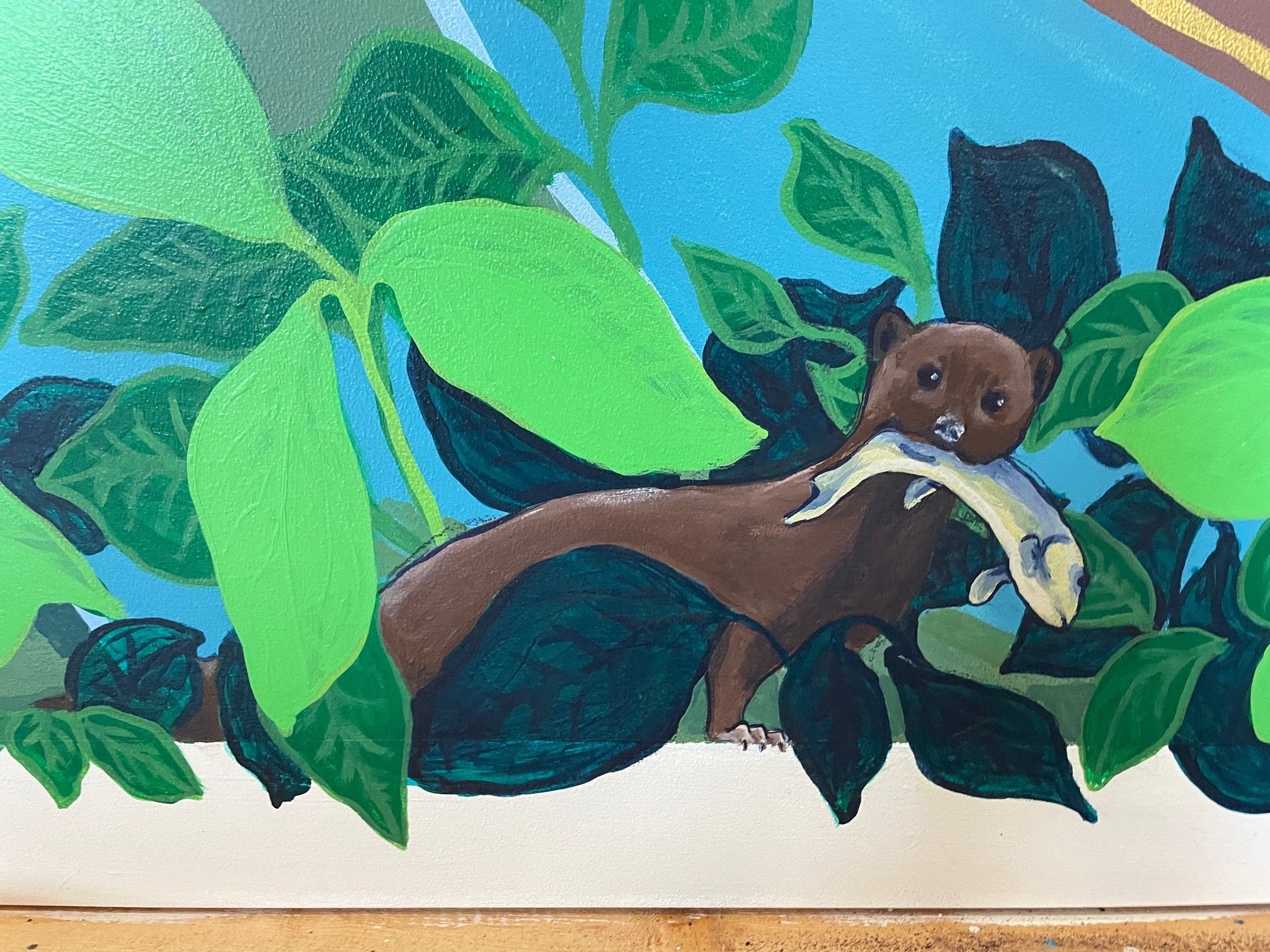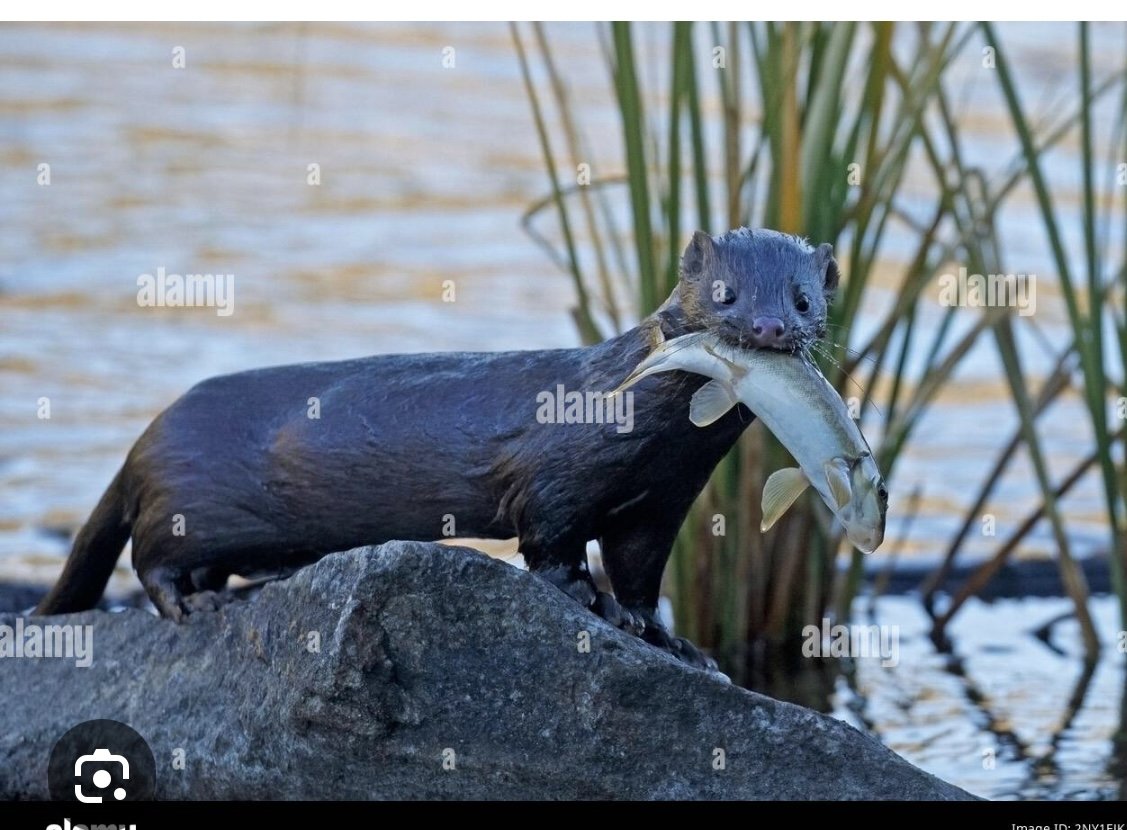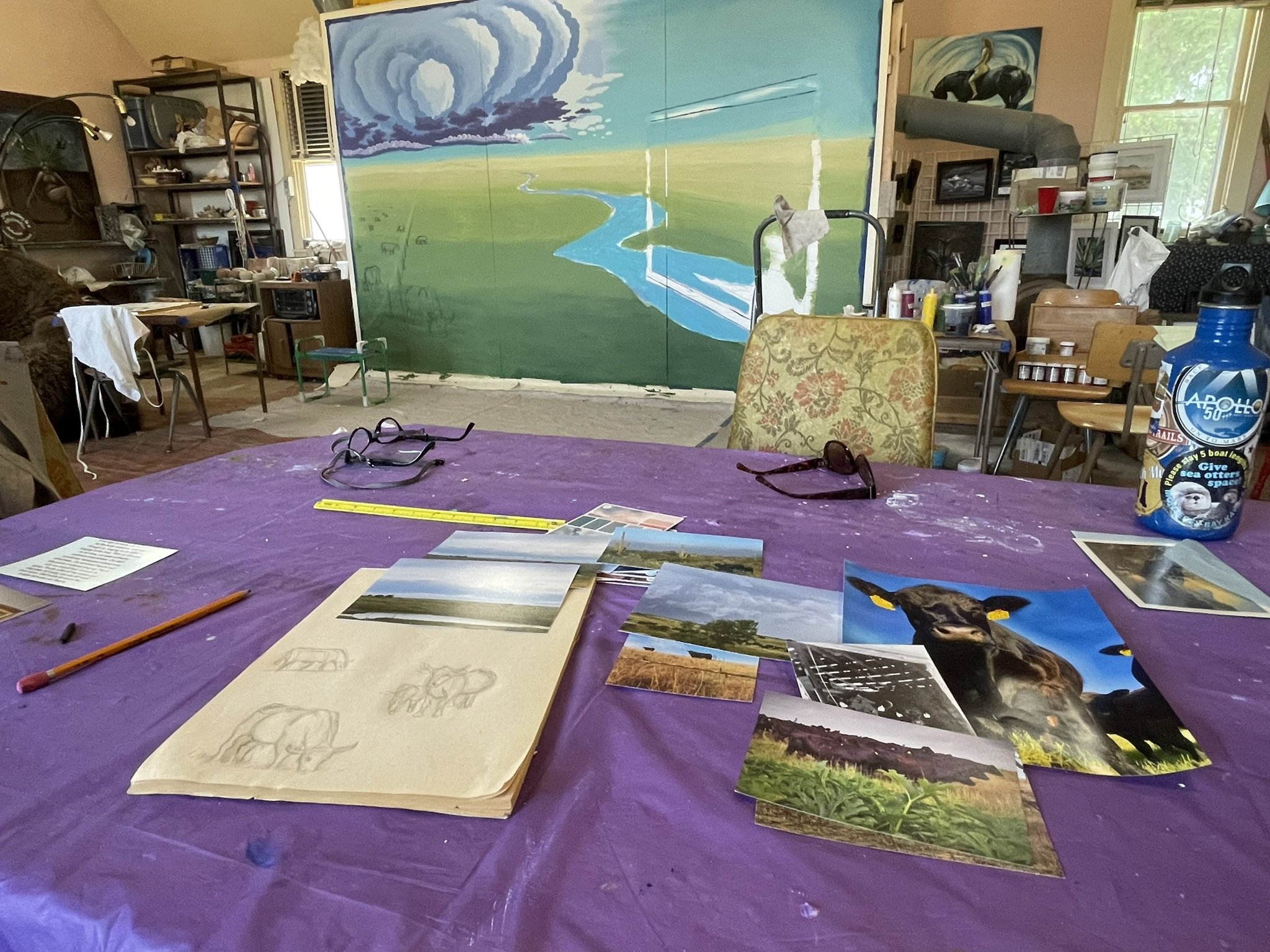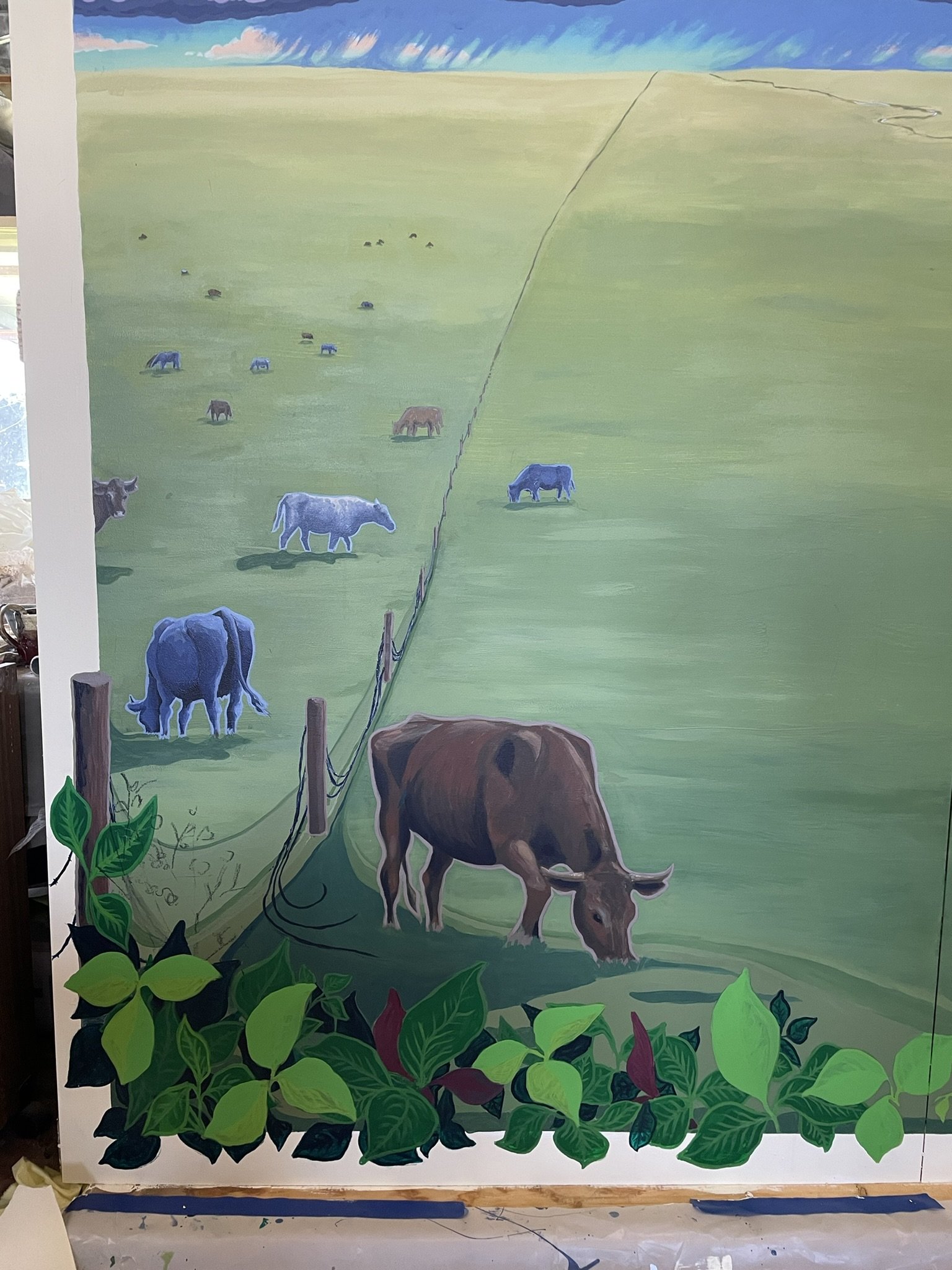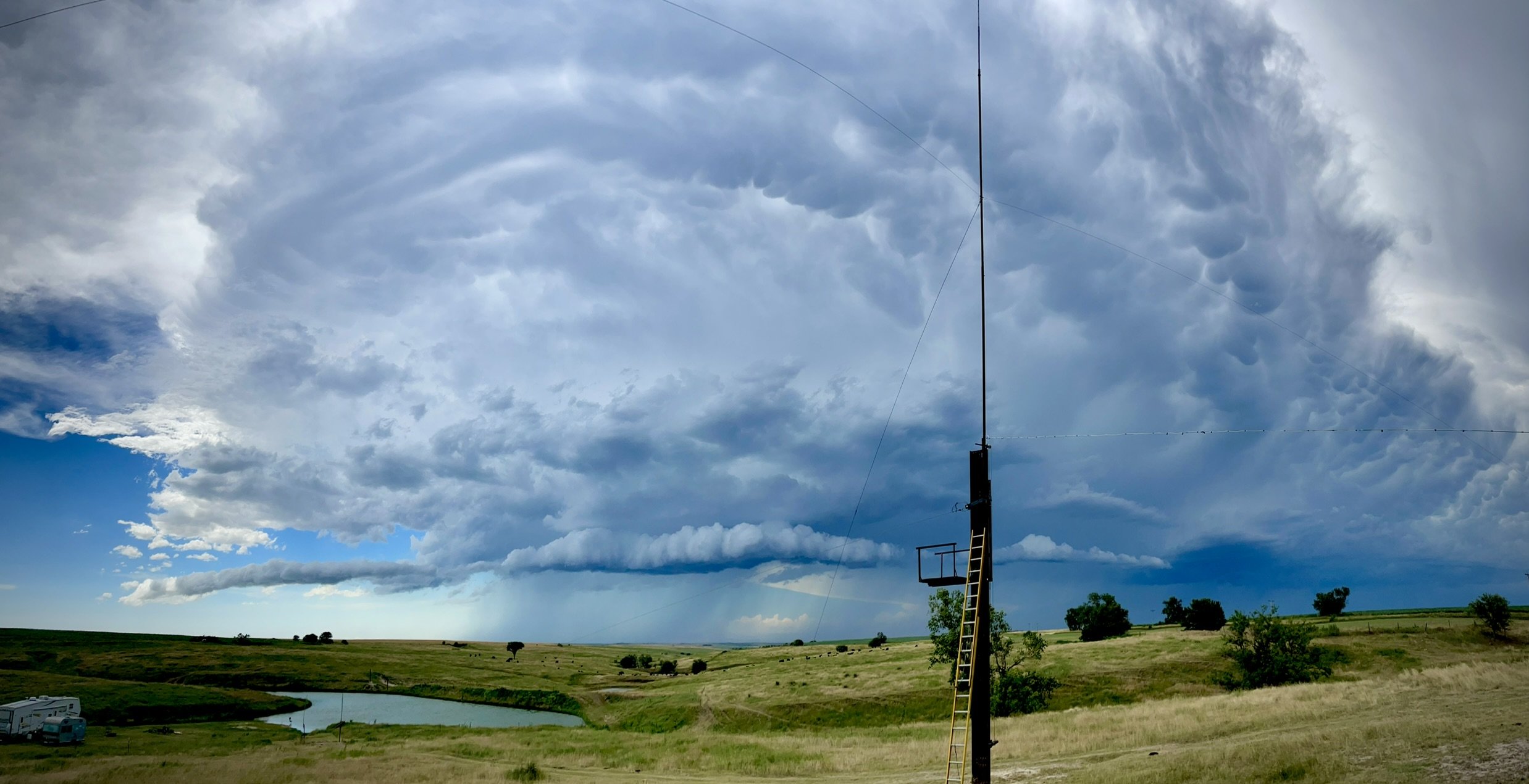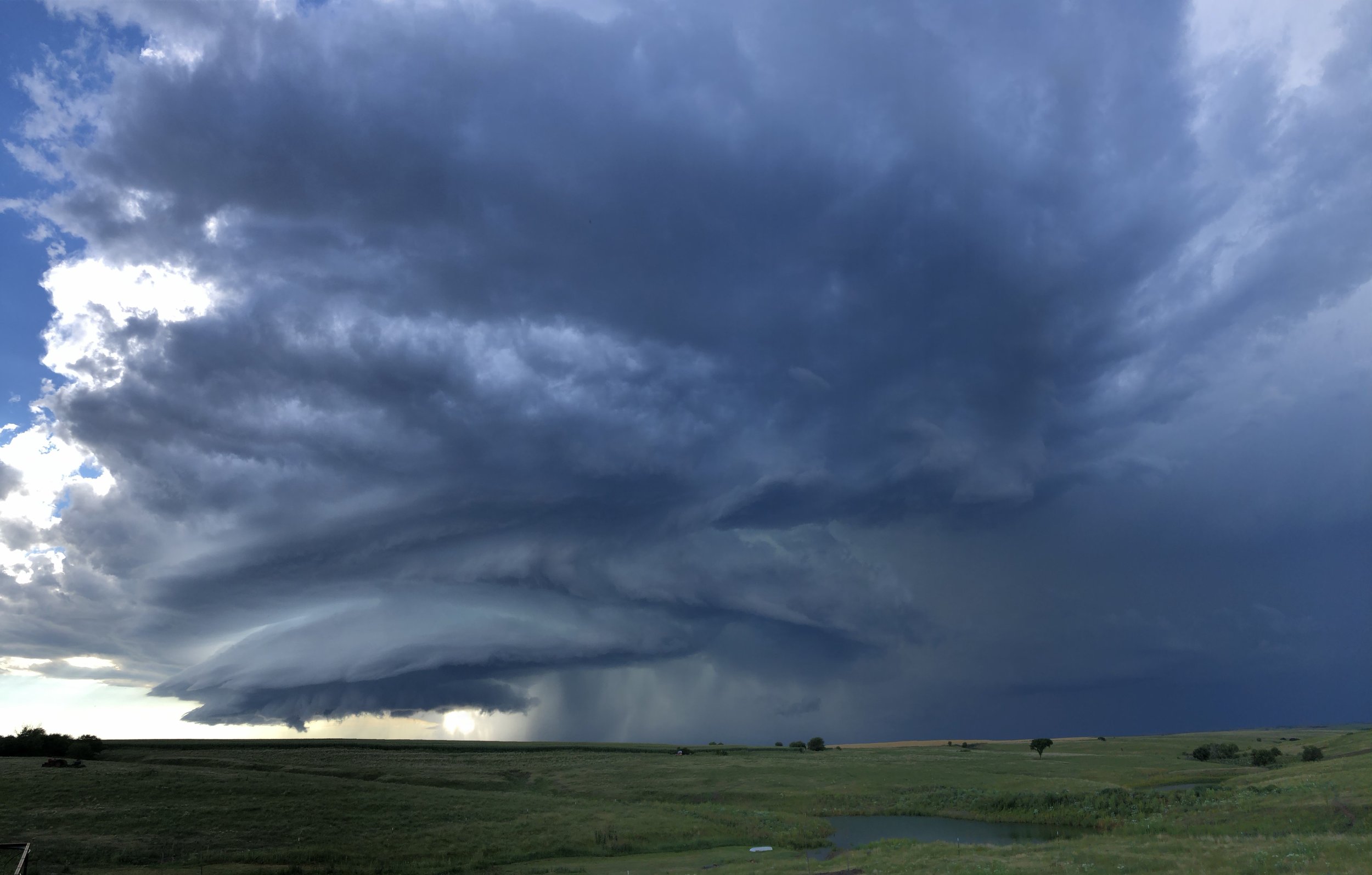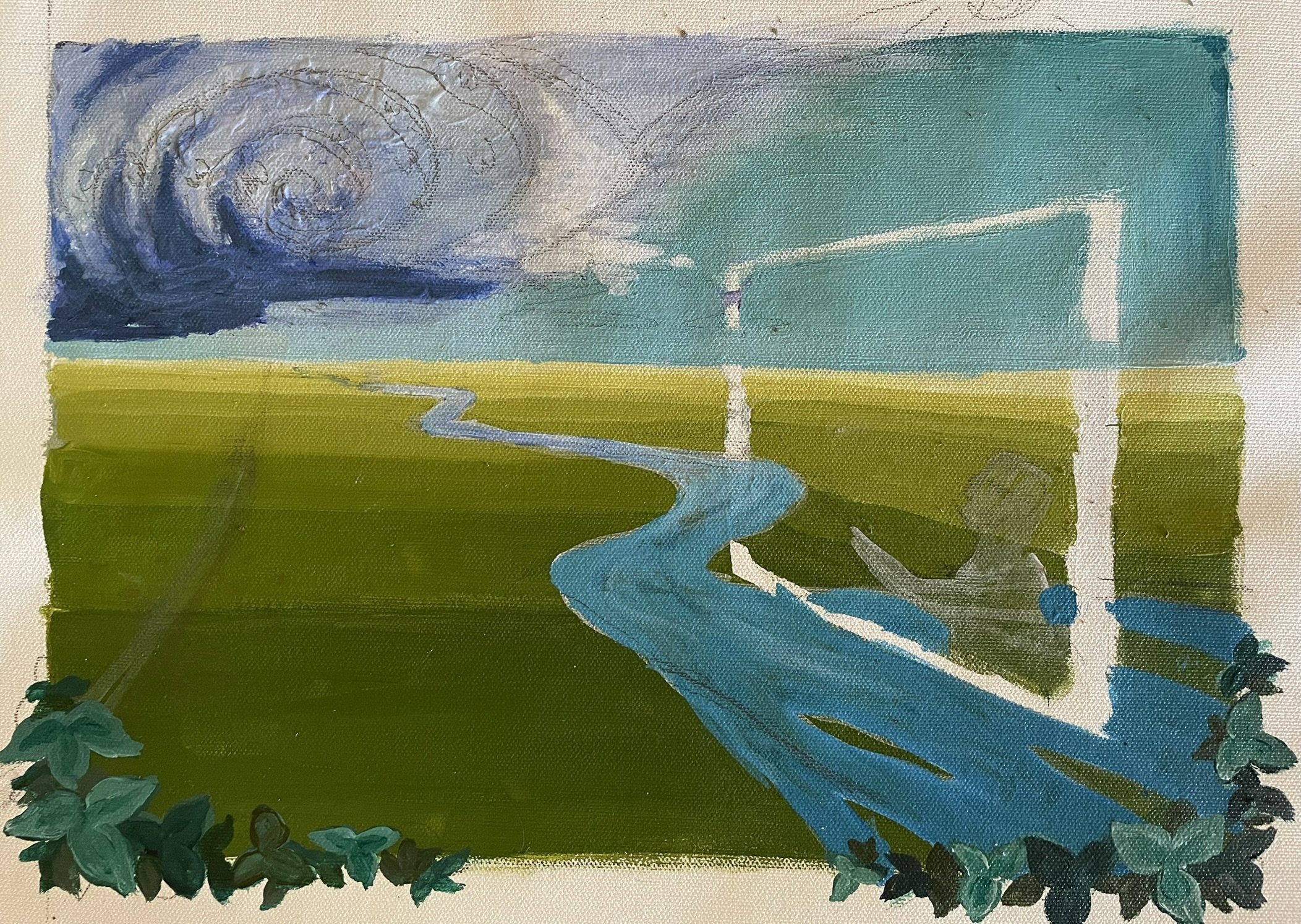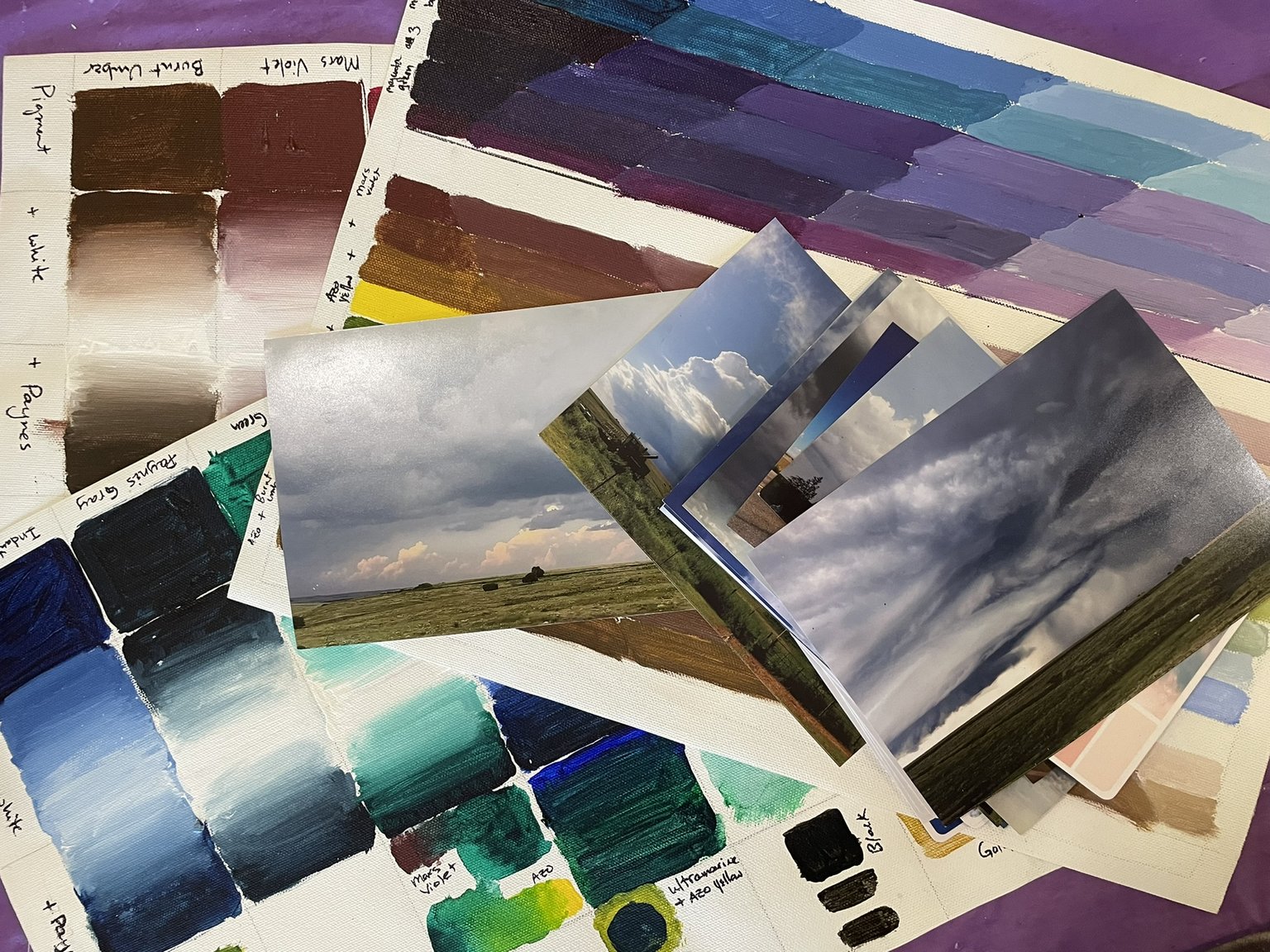I don’t recall studying Robert Henri when I was in art school. This summer I deeply immersed myself in his art, teachings, and philosophy, and it has changed me as an artist. I’ve only scratched the surface, and look forward to spending many years exploring and learning what he had to offer the world.
“A work of art is the trace of a magnificent struggle.”
I’m satisfied with this mural, but by no means content. It was a long process, and there were some difficult times. Each day in the studio was an opportunity to learn.
Everyone who sees this mural will experience it a little bit differently. When I look at it, I’ll always remember the long days of exploring and experimenting with colors, unraveling the mysteries of lines, and wrestling with proportions. The above quote certainly resonates.
“No work of art is ever really finished.
They only stop at good places.”
Several years ago I found the above quote and it’s helped me immensely in my artistic process. I used to have a terrible time deciding when a work was finished. I am never, ever completely satisfied. But to keep working too long on a painting and nitpicking the little details always ruins it. I used to not know when to put the brush down and walk away. That is, until I found this quote. It gave me the freedom of knowing that it’s never finished, and that’s ok. There is always something more that can be done, but that’s what makes it interesting and even alive with a little bit of tension. Henri gave me this gift years before I had the opportunity to understand its source.
This is Bobby Cozad right before he became Robert Henri. Although when he was 18 he didn’t know what future lay ahead of him, in this portrait he does.
The figure is painting a river, which is a symbol of a life- in this case, the unknown waters of the life ahead of him. He is looking at the work that he is doing, but for a moment glances out at the viewer. With a knowing glint in his eye and the shadow of a smile, he is sharing something with us. He leans casually on the frame of the picture, as though he is aware of his two dimensional space on the wall but is not a captive of it. He could come out and join us if he wanted to. Indeed, he has. The legacy of the museum and his artwork in the gallery are testaments to the fact that he is still here, present through the Art Spirit.
“In great art there is no beginning and end in point of time. All time is comprehended.
THE END”
